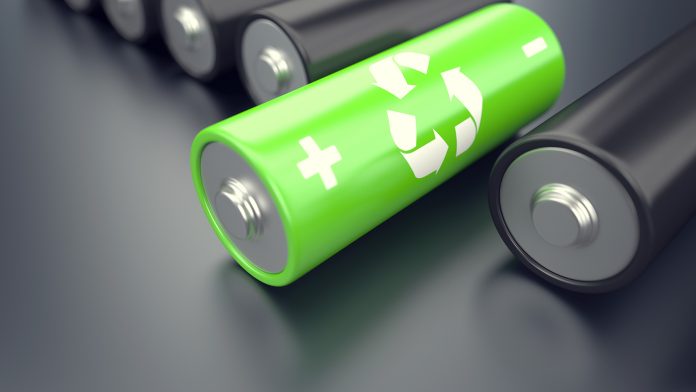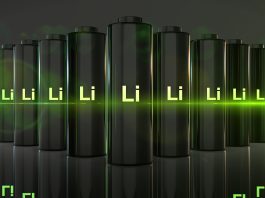The European Commission collaborates with Batteries Europe to release ‘Roadmap on Raw Materials and Recycling’ report.
Batteries Europe released its report on, 24 November, underlining their raw materials for its European battery material recycling scheme. The aim of this report is to identify and elaborate topics which require R&I support for securing raw materials supply to the European battery industry based on transparently and sustainably extracted and processed materials. It also encompasses the efficient collection and recycling of EoL batteries with a main focus on EV and industrial lithium-ion and NiMH batteries. The scope is divided into the four Strategic Topics given in the Vision section.
The objective of Batteries Europe is to develop a competitive and sustainable battery value chain within Europe through research and innovation, seeking to support the industrial value chain.
Raw materials are a very crucial part of the European lithium-ion battery value chain as Europe is lacking its own production of some key materials. It is presently heavily reliant on imported raw materials and battery cells, some of which has already been defined to be critical raw materials in the European Union.
As it is anticipated that Europe will remain dependent on imported raw materials, harmonised sustainability standards are essential. To have a level playing field, similar standards should be applied to raw materials, intermediate products and components sourced both within and outside the EU. Extension of the battery use phase and efficient collection and recycling of the End-of-Life (EoL) batteries are needed for a truly sustainable battery ecosystem.
The urgent need for battery material recycling
As e-mobility and the EV market continues to flourish, European car manufacturers are still dependent on imported Li-ion batteries. Although, there are already investments to develop battery cell manufacturing capacity in Europe, which will support the future independence of the European car industry. However, the investments in raw materials sourcing in Europe are developing much slower, partly due to investment risks, and it will take time for the already planned investments to become operative.
Raw materials signify a major part of battery value and carbon footprint, therefore R&I work is critical to their environmental footprint. In order to achieve the goal of the European Battery Alliance – 300 GWh+/ year of battery production in Europe by 2025, the Batteries Europe report states that “it will require approximately 270, 000 tons of battery grade graphite and 30, 000 tons of silicon for the anode, and 225 000 tons of Class 1 high purity nickel, 29 000 tons of cobalt, 84 000 tons of manganese and 59 000 tons of lithium for the cathode.”
At present, the level of extraction and processing of battery raw materials in Europe is minimal and not enough to achieve the above statistics. For lithium, hard rock mine projects do exist in Europe with a collective planned capacity corresponding to about 10% of the estimated global LCE demand by 2027. Although recycling based secondary materials will support the material supply in the future, there is still a gap of available materials. It is crucial that is gap is to be filled by using increasing amounts of primary, mine-based materials.
Report findings
The report highlights that recycling processes should be improved for economic recovery of the key battery materials (Ni, Cu, Co, Li) to meet the targets of the proposed Battery Regulation and extended for the valorisation of the anode materials and electrolytes. Integration of primary and secondary flows from other sectors to battery recycling processes should be examined to decrease the carbon footprint of these processes. Key performance indicators of the recycling practices should also be made available for decision making.
Life Cycle Sustainability Assessment (LCSA) comprising environmental (LCA), economic (LCC) and social (S-LCA) aspects should be used for assessment of the different materials and processes states the report. Life Cycle Inventory (LCI) dataset is due to be improved and made openly accessible. Aggregated and proxy data should be replaced by more specific data on regional raw material deposits as well as production and recycling process specific indicators. Finally, Material Flow Analysis (MFA) should be applied at regional, European, and global levels as well as product and process levels to gain deeper understanding of the flows of the key elements, especially the CRMs. MFA should be further applied to work out future scenarios and to address e.g., the availability of secondary raw materials to calculate targets for recycled content in future batteries.
The report states that in order for Europe to become the number one recycler of Li-ion battery raw materials, all the important raw materials imported into Europe in batteries or installed in batteries should be collected and processed in Europe to recover the materials without down cycling when technically, economically and environmentally beneficial.









